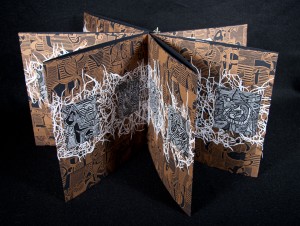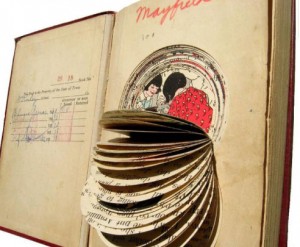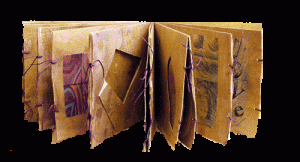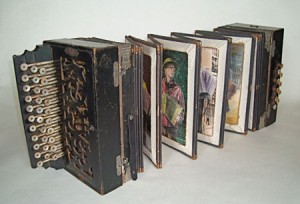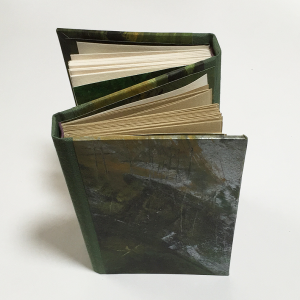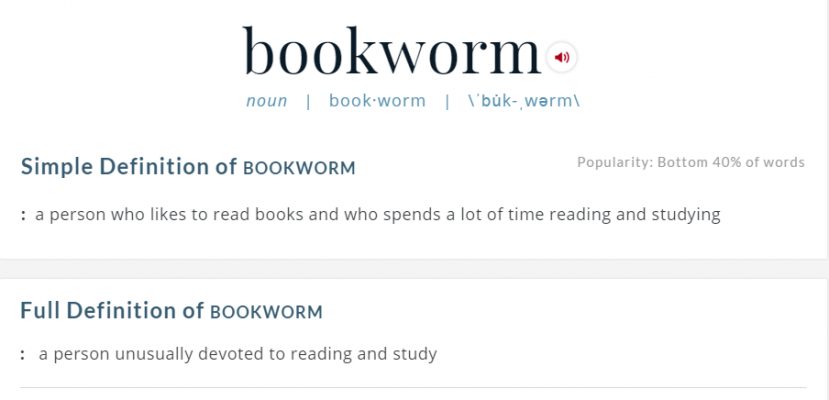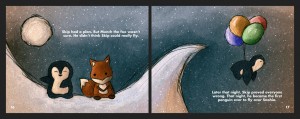Today’s print workshop was a valuable experience. I have made intaglio prints in the past, but I had never tried using a printing press like the ones available today. Relief and intaglio printing have many differences, so I was glad to have the opportunity to see the print studio today. It was fun to see the three presses and get a better sense of how they work. I liked the ability to choose between wood and lead for making our prints and seeing how to line up the blocks in the galley.
Getting to work in groups to design a print was a nice experience, since we all got to participate and voice our own ideas of how the image should look. My group decided to use the wood blocks to print. I liked the wood blocks because there were a large variety of images we could use in addition to text. I’ve never printed text before, so I found it challenging to think about the fact that since it was a print, the words would be printed backwards. I didn’t get to help with the actual printing process, but I’ve seen the product of our work and think it turned out really well. The image is crisp and has a rich color, and I can see how useful printing presses were in the past for mass producing a text. While it took a while to make our galley to print, once it was made it could be printed as many times as we wanted.

